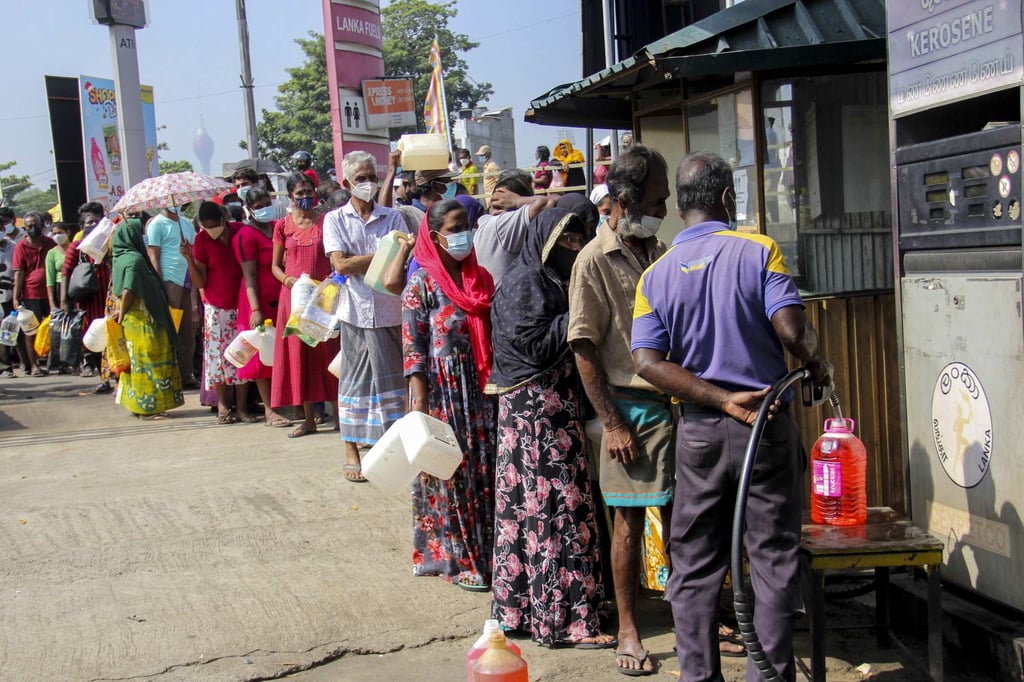Advertisement
Sri Lanka devalues rupee in possible step towards getting IMF help
- Devaluing the rupee could be the first step for Sri Lanka in obtaining an IMF loan to help restructure its debt
- Sri Lanka is due to repay about US$4 billion in debt during 2022, making it likely that the government will seek IMF help
Reading Time:2 minutes
Why you can trust SCMP
1

Sri Lanka’s central bank has devalued the rupee by up to 15 per cent, taking one of several steps analysts said are needed to obtain an International Monetary Fund (IMF) loan programme that would boost currency reserves and help negotiate debt restructuring.
Late on Monday, the Central Bank of Sri Lanka, with immediate effect, set an exchange rate limit of 230 rupees per dollar compared to a limit of 200-203 that had prevailed since October.
Analysts said the depreciation was likely done to encourage remittances, a major source of foreign exchange in Sri Lanka, which dropped to a 10-year low of US$5.49 billion in 2021 as a result of the Covid-19 pandemic.

Sri Lanka’s foreign reserves fell to US$2.36 billion at the end of January and it is due to repay about US$4 billion in debt in the rest of 2022, making it likely that government will seek IMF help.
Advertisement
As yet, Sri Lanka has not formally sought talks on an IMF programme, an IMF official said, declining to be named.
“We believe this will support growth and assist us to face external challenges better,” Cabinet spokesman and Media Minister Dullas Allahaperuma told reporters on Tuesday.
Advertisement
He did not say whether the government would approach the IMF.
Advertisement
Select Voice
Choose your listening speed
Get through articles 2x faster
1.25x
250 WPM
Slow
Average
Fast
1.25x